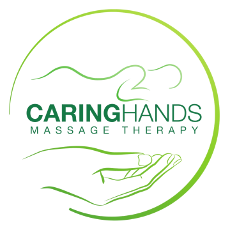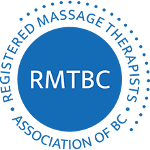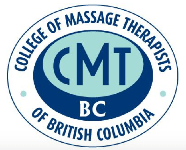Trigger Point Therapy
With nearly 75% of muscle pain tracing back to trigger points, they are an extremely common cause of pain. Myofascial trigger points are “muscle knots;” small patches of muscle tissue in spasm. Trigger points are painful when pressed on, cause a shortening of the muscle fibers, and can create pain in another area of the body (called referred pain). Trigger points decrease circulation, causing less nutrients and oxygen to reach the muscles which result in an increase of metabolic waste. Inside the muscles, these wastes cause pain, spasms and contractions.
Characteristics of Trigger Points include:
1. Tender to Touch: Application of pressure on a trigger point can elicit localized pain or referred pain.
2. Limited Range of Motion: Trigger points can cause restricted motion.
3. Painful Contraction: It becomes painful to contract the affected muscle against fixed resistence.
4. Weakness: Affected muscles become weak.
Trigger points can develop as the result of repetitive overuse injuries (using the same body parts in the same way hundreds of times on a daily basis) from activities such as typing or using a mouse, handheld electronics, gardening, home improvement projects, work environments, etc. They can also develop from sustained load-bearing, such as heavy lifting, carrying babies, briefcases, or boxes, wearing body armor or lifting bedridden patients.
Other common causes include: habitually poor posture due to our sedentary lifestyles, de-conditioning and poorly designed furniture, muscle clenching and tensing due to mental/emotional stress, direct injury such as a blow, strain, break, twist or tear, or car accidents or sports injuries. Trigger points can also develop under conditions of prolonged inactivity such as bed rest or sitting for long periods.
Treatment for trigger points is specifically designed to alleviate the pain by cycling through isolated pressure and release. In this type of massage, active participation of the patient is expected through deep breathing and identifying the intensity and exact location of the discomfort.
To treat trigger points, heavy pressure is applied to the trigger point. Pressure is then maintained until there is a change in the pain. Pressure on a trigger point helps to stop muscle contractions and pain, increases circulation and removes metabolic waste products. It also stretches out and lengthens muscle fibers. Trigger points are not acupressure points. This is an important distinction.


